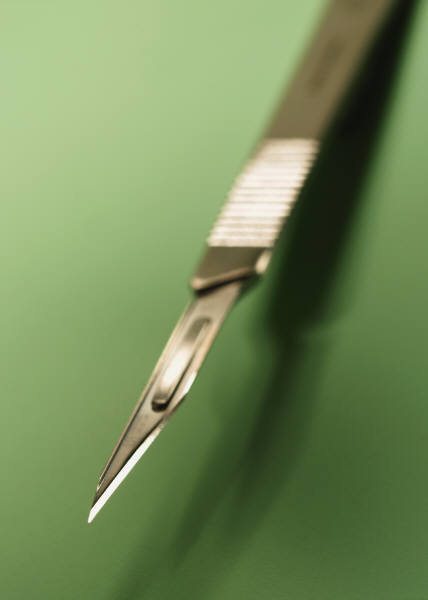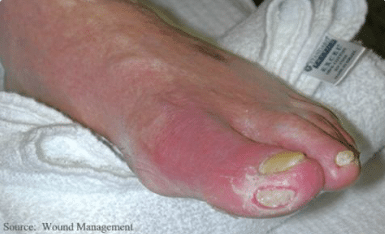Establishing A Wound Care Plan For You And Your Patient
Creating a wound care plan for you and your patient can help you to set goals and measure the progress of the wound care you provide. It can also help you to decide when you change your treatment plan if the goals you have set are not being achieved. Of course, a wound care plan…


